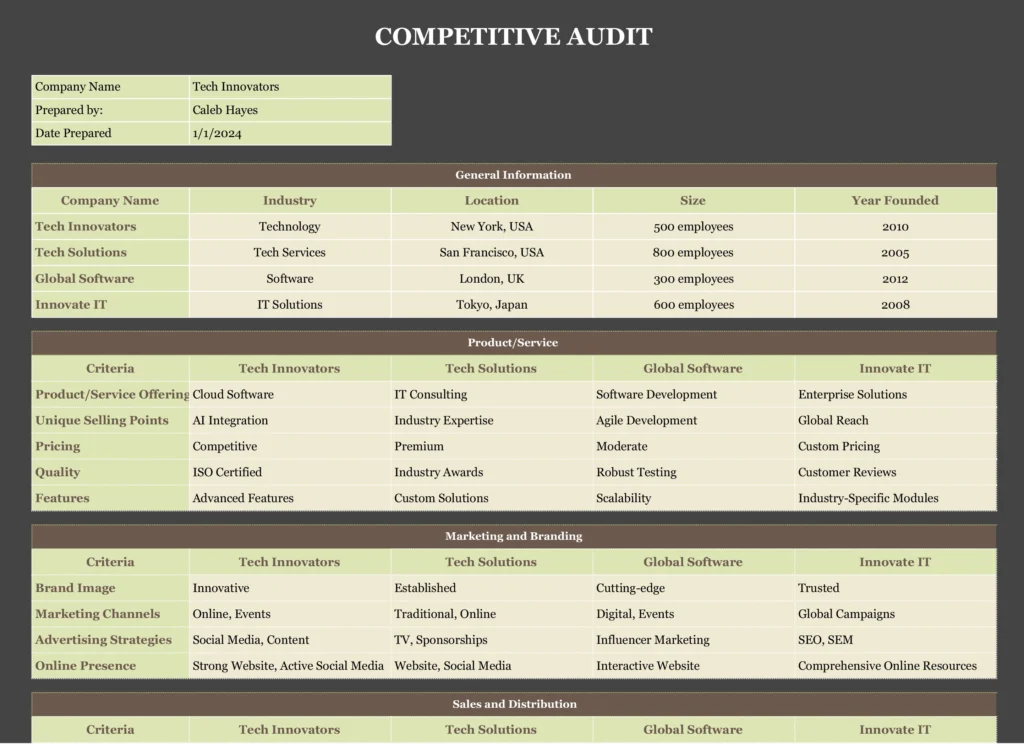Staying ahead of the competition is crucial in today's fast-paced business landscape. Whether you're a RevOps professional, a marketing analyst, or a finance manager, having a structured, data-driven approach to competitor analysis is essential for making informed decisions. Introducing the all-new Competitor Analysis Template - your secret weapon for effortlessly uncovering insights that drive strategic advantages.
Advantages of using the Competitor Analysis Template
Uncover Competitive Insights Faster: Save countless hours sifting through scattered data by importing all your relevant competitor information directly into a centralized, easy-to-use spreadsheet.
Make Smarter, Data-Backed Decisions: With real-time data at your fingertips, you can quickly identify trends, spot opportunities, and make strategic moves that give you the edge over the competition.
Streamline Reporting and Collaboration: Easily share your competitor analysis with stakeholders, marketers, and executives through a visually appealing, interactive dashboard - no more static PDFs or endless email threads.
Key Features of the Competitor Analysis Template
Automated Data Integration: Forget about manual data entry. Coefficient's Competitor Analysis Template seamlessly connects to your CRM, marketing automation, and other critical systems, allowing you to pull in competitor data with just a few clicks.
Customizable Benchmarking: Tailor the template to track the metrics that matter most to your business, whether it's website traffic, pricing, product features, or customer sentiment.
Real-Time Alerts and Notifications: Get instant updates on important competitor moves, so you can stay agile and respond quickly to emerging trends.
How to Use the Competitor Analysis Template
1. Connect your data sources: Integrate the Competitor Analysis Template with your CRM, marketing automation, and other relevant systems to pull in competitor information.
2. Customize the template: Personalize the template to track the key metrics that are most important to your business and industry.
3. Schedule regular updates: Set the template to automatically refresh your data on a daily or weekly basis, ensuring you always have the most up-to-date information at your fingertips.
4. Analyze and act: Dive into the data, identify opportunities and threats, and use the insights to inform your strategic decision-making.
5. Share your findings: Effortlessly generate visually compelling reports and dashboards to share with your team, executives, and cross-functional stakeholders.












